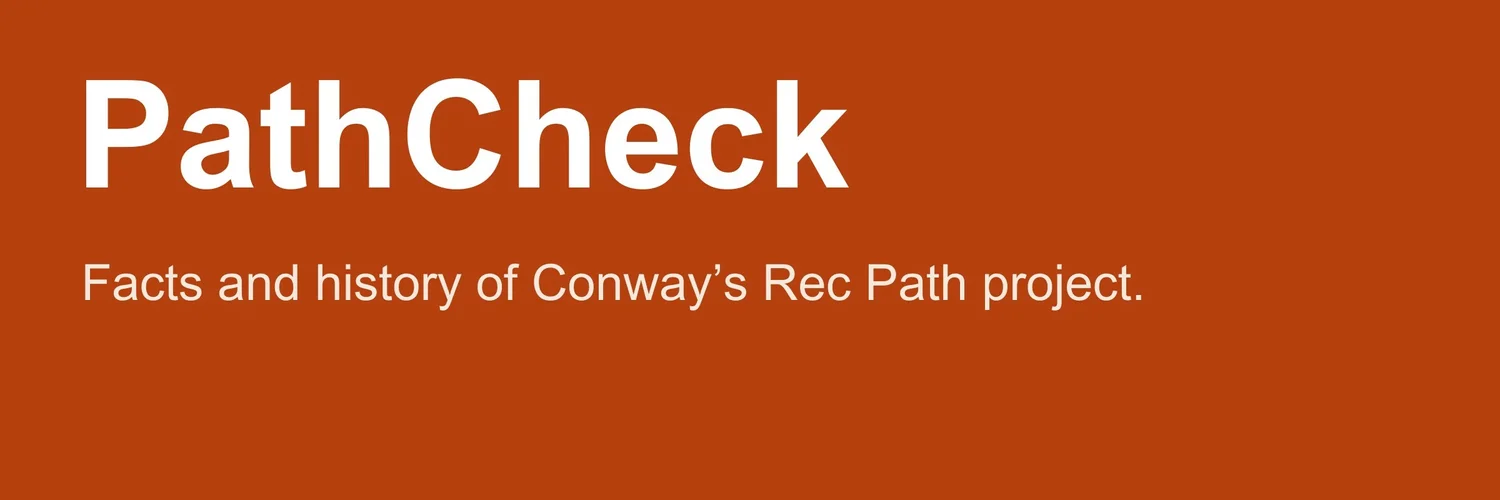
Alternatives & Options
A community recreation path is a good thing for Conway. The challenge is not whether to have one, but how to design it in a way that respects both access and stewardship.
A workable compromise is within reach, built on three guiding principles:
1. Avoidance of Deed-Restricted Land
· The 1971 deed for Whitaker Woods requires that the property remain in a “wild and natural state.”
· Any future path alignment should avoid new construction through the deed-restricted parcel.
2. Use Existing Trails Instead of Cutting New Ones
· Whitaker Woods already contains a well-established trail network.
· Building on these existing routes avoids unnecessary tree cutting and habitat disturbance.
3. Surface Choices that Honor the Deed
· A paved corridor is a permanent structural change inconsistent with the “wild and natural” covenant.
· Stone dust or similar natural surface would allow accessible use while preserving the natural character envisioned by Chubby Whitaker.
Volunteer Efforts Already Support This Vision
In recent years, significant volunteer work has been undertaken to improve Whitaker Woods trails with the approval of the Conway Conservation Commission.
Existing trails at the north and south ends of Whitaker Woods (in the powerline areas) have been carefully reworked.
The steepness of these trails was reduced through hand labor, rerouting, and grading.
The goal was to make them suitable for future use as part of a future recreation path network, without altering the natural character of the forest.
This work shows that local residents are already investing their time and energy into solutions that balance access, recreation, and stewardship.
Accessibility and Inclusion
A central goal of the Rec Path is to provide access for all users, including those with mobility challenges. That is both achievable and compatible with the preservation requirements of Whitaker Woods.
Stone dust trail surfaces are already widely used in New Hampshire and throughout New England. They provide a firm, stable, and wheelchair-friendly surface while maintaining a natural character consistent with Whitaker’s deed.
Many existing recreation paths in the region — including sections of the Presidential Rail Trail, Nashua River Rail Trail, and portions of the Lamoille Valley Rail Trail — are surfaced in stone dust and accommodate walkers, strollers, bicycles, and mobility devices.
This surface type also minimizes permanent alteration: unlike asphalt, it can be repaired, resurfaced, or removed without compromising the “wild and natural” covenant.
By choosing stone dust instead of pavement, Conway can make Whitaker Woods accessible to a wide range of users without violating the intent of Chubby Whitaker’s 1971 deed.
Moving Forward
The Rec Path can succeed as a project for everyone if we:
Build on the work already done by volunteers.
Select alignments that avoid deed-restricted parcels.
Choose surfaces that provide accessibility and honor the “wild and natural” covenant.
With these principles in place, Conway can create a Rec Path that meets today’s needs while respecting the legacy entrusted to the community.
